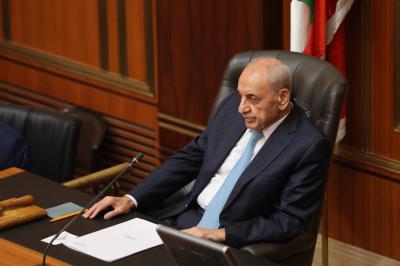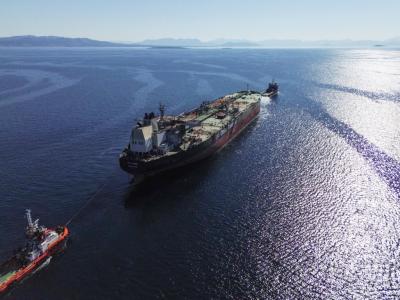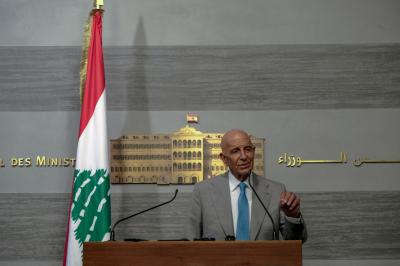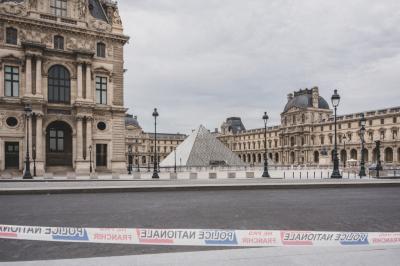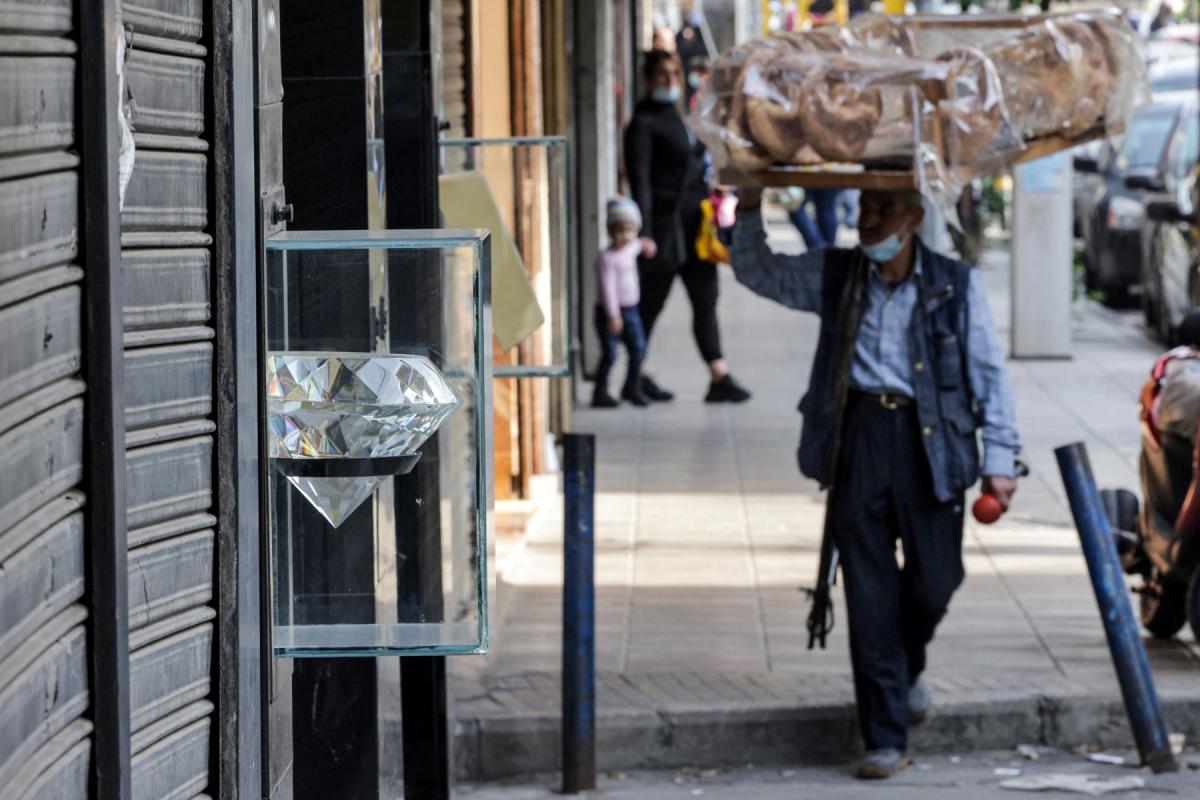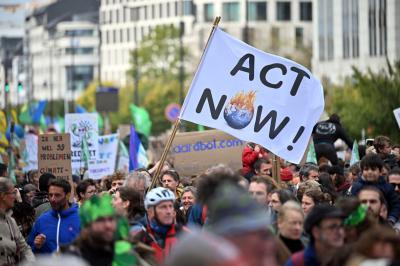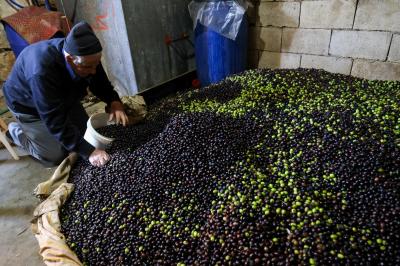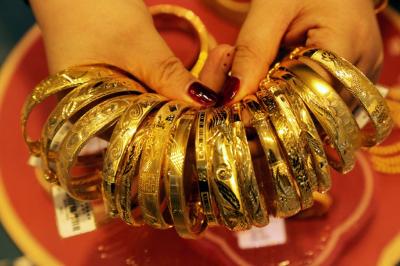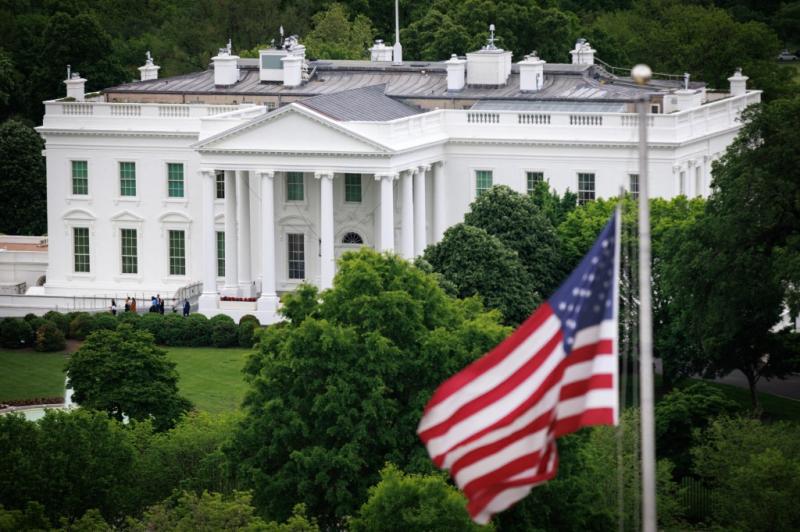There is a profound connection between Lebanon’s economy and the colloquial Arabic word “meshi” (meaning “it’s going” or “it’s fine”). The late Prime Minister Rafic Hariri often used the phrase “el balad meshi” (“the country is moving forward”) to signal that things were progressing despite obstacles. Today, when officials are asked about the situation, the typical response is “meshi el-hal”—a polite way of saying things are barely under control, far from ideal. Perhaps the best summary of the Lebanese economy’s paradox lies in the chorus of Ziad Rahbani’s 1980s song “Bhalioumein”: “Strange how it’s going… and the film continues, and we understand it, and we see it—without a screen.”
A few days ago, the Banque du Liban (BDL) published its macroeconomic review for the first half of 2025, offering a comprehensive evaluation of the country’s economic trajectory. What stands out most in the report is the state of the balance of payments and trade compared to growth and inflation, together painting a picture of deep contradiction.
Rising Trade Deficit
According to the figures, Lebanon’s trade deficit rose by about 10% in the first eight months of the year, reaching nearly $10.57 billion. This widening gap stems from an increase in imports—up to around $12.94 billion—compared to exports of just $2.37 billion. Regardless of the reasons behind this rebound in imports, the result remains the same: growth continues to be driven by consumption rather than production, sustained by short-term liquidity inflows and temporary positive factors rather than structural improvements.
Liquidity, the report notes, comes from several main sources:
- Remittances from expatriates, estimated at around $6.8 billion, a figure that could more than double if informal channels were counted.
- Cash withdrawals in U.S. dollars under BDL Circulars 158 and 166, which raised monthly exceptional withdrawal limits at the end of 2024 to $800 and $400, respectively.
- Spending from personal savings, fueled by lingering hope in reforms and political stabilization.
Despite this consumption-driven demand, direct investment levels remain weak, reflecting structural fragility and delays in implementing reforms. And although the exchange rate has held steady at around LBP 89,500 to the dollar—with widespread dollarization of prices—the inflation rate remains stubbornly high: 15% for headline inflation and 16.4% for core inflation.
The Nature of Inflation Raises Alarm
What is particularly troubling is that headline inflation—usually driven by temporary factors such as fuel or food prices—has fallen below core inflation, which measures long-term price stability and underlying pressures. While core inflation has eased compared to pre-2023 levels, it still exceeds headline inflation, largely due to wage adjustments linked to the new exchange rate and rising prices in non-tradable sectors such as education. The persistence of high core inflation signals that domestic inflation remains unresolved, and without deeper structural reforms, it is likely to stay elevated even if external pressures subside.
A Misleading Balance of Payments Surplus
On paper, the balance of payments shows a surplus of around $8.92 billion in the first seven months of 2025, compared to $6.5 billion in 2024. At first glance, this might appear positive—but the surplus largely reflects valuation gains in BDL’s gold reserves under the capital account, rather than improvements in the real economy. The current account, weighed down by the yawning trade deficit, remains heavily in the red.
Declining Remittances Ahead
What seems like an encouraging macroeconomic picture for 2025 could change drastically without reforms. According to Rabih El-Amin, chairman of the “Lebanese Executives Council,” remittances—the traditional lifeline of Lebanon’s economy—are expected to decline in 2026. He warns that as governments in both Arab and Western countries tighten budgets and cut payrolls, Lebanese expatriates will face lower incomes, reducing the flow of funds back home.
The Economy “Goes On”—But Strangely
In light of all this, the same structural imbalances that have governed Lebanon’s economy for years continue to dominate. The country is still “meshi”—still moving—but, as Rahbani sang decades ago, “in a strange way.”
Please post your comments on:
[email protected]
 Politics
Politics
